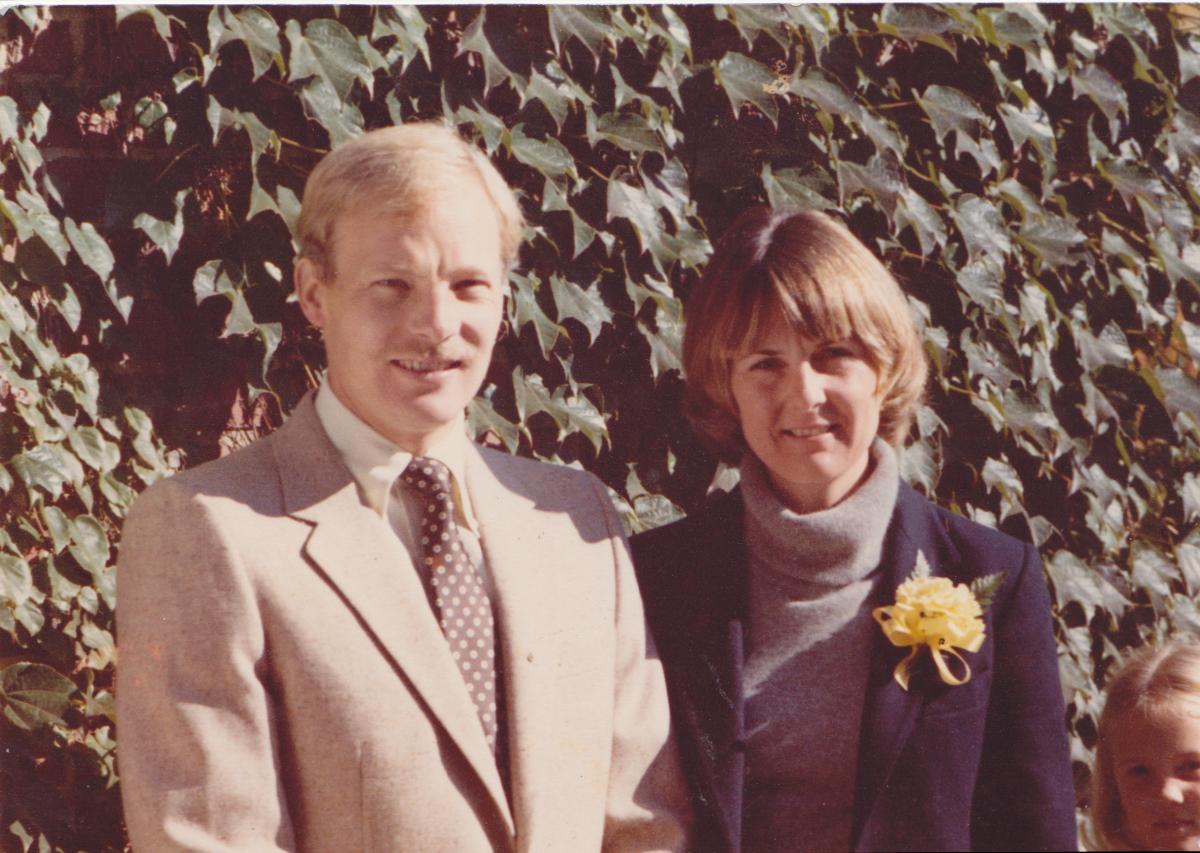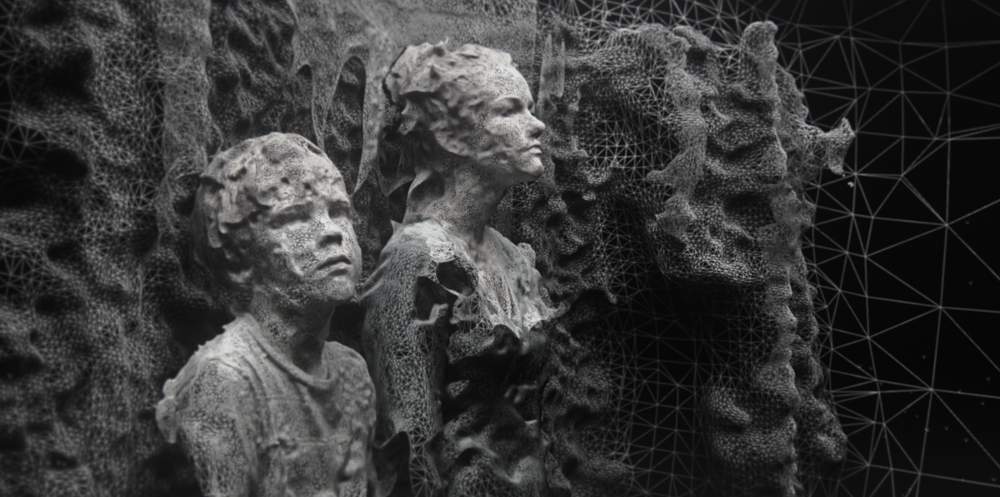
Copernicus destroyed the myth that we are central. Darwin destroyed the myth that we are special. Now, Crick and the neuroscientists want to destroy the myth that we are conscious.
They suggest that all behaviors are simply manifestations of a conditioned brain – when the brain dies, we die. They posit that we operate simply out of habit. Essentially, they conclude that we are automatons with no free choice. Quite simply, our brain sends out zombie agents to control our behavior. Depressed yet? You may not need to be.
While I accept the fact that we are not central and we are not as special as we would like to think we are, I believe that free will varies by level of functioning. In short, low-functioning people do not operate with consciousness and intentionality and thus have less free will. High-functioning people do operate consciously and intentionally and thus can have more moments of free will.
Level of functioning depends on how well we think, relate, and plan. And free will can be measured by our level of consciousness.
The chart below summarizes my point of view:
| Functioning | Planning | Thinking | Relating | Consciousness | |
| Level 5 | Leader | S-EP-R | 3D | Rotated, Interdependent | Enlightened Service |
| Level 4 | Contributor | S-OP-R | 3D | Nested, Collaborative | Harmonious Inclusion |
| Level 3 | Participant | S-P-R | 3D | Independent | Logical Analysis |
| Level 2 | Observer | S-O-R | 2D | Competitive | Informed Choice |
| Level 1 | Detractor | S-R | 1D | Dependent | Automatic Habit |
Functioning: Level of functioning describes how we act in the world at any point in time. The five levels are leader, contributor, participant, observer, and detractor. In any given moment, we may operate at any one of these levels. Sometimes, we are detractors. At other times, we are observers. Hopefully, in critical moments, we step up and assume a leadership role. The questions to consider are how often do we operate in each role and to what extent are we making the right choices regarding what role a situation requires.
Planning: Our ability to plan depends on how well we process information. S-R means stimulus-response. We simply react automatically to any situation that we confront. There is no free will at this level. We may as well be one of Pavlov’s dogs. Our brains simply form habits based on experience, culture, and genetic-pre-disposition. There is no “I.” S-O-R means there is an organism between the stimulus and response that makes choices on how to act. Those choices depend on the response repertoire that the person has developed over time to deal with situations. The range of choices may be limited or robust depending again on culture, experience, and heredity. A neuroscientist could still claim that the quality of responses is entirely dependent on the brain and its neurological connections. S-P-R means there is someone processing all the choices available and exercising some free will on the best course of action. Here is where the game changes. At this level, there is an “I” who is looking for personal meaning in the range of choices available. S-OP-R means that the person has shifted from “I” to “We.” The person is seeking organizational connections and is looking out for the well-being of the community. At this level of functioning, the person is actively seeking ways to be helpful to a larger whole. S-EP-R means that the person is concerned about the environment as well as others and is processing information contextually so that the full implications of choices can be considered. The exercise of free will grows larger as one moves up the scale. It is less determined by stimuli and conditioning.
Thinking: Each level of planning requires a different level of thinking. For S-R functioning, the thinking is one-dimensional. S-O-R functioning requires two-dimensional thinking. A person needs to see relationships. S-P-R functioning requires three-dimensional thinking. The person needs to understand the components, functions, and processes involved in a system in order to be effective. S-OP-R functioning not only requires 3D thinking, but it also needs to take into account the conditions in which actions are nested. S-EP-R functioning has the added requirement of specifying standards for each choice and being able to rotate all dimensions based on changing conditions and standards. Free will takes on new meaning as one moves up the scale.

Relating: Each level of thinking requires a different way of relating. One-dimensional people are dependent on someone else giving them a stimulus to react to. Two-dimensional people tend to think of every situation as win or lose and thus relate competitively. Three-dimensional thinkers consider multiple factors in their processing, but are inclined to relate independently. They are likely to participate fully but not contribute to others. People who nest every stimulus in the conditions in which it occurs, are more likely to collaborate with others. They see the larger picture and are open to sharing ways to be helpful. People who can rotate all dimensions to achieve higher levels of excellence relate interdependently. They actively seek ways to serve others and to achieve an aspirational and inspirational vision. Relating interdependently with others to accomplish a higher purpose requires consciousness and intentionality – the two fundamental ingredients of free will.
Consciousness: Free will can be measured by level of consciousness. At level 1, people are reacting habitually with conditioned responses. At level 2, people are making discriminations and choices about preferred courses of action, but free will is limited to the range of options within their repertoire. At level 3, people are logically sorting through multiple sources of data to arrive at new ideas. This is the beginning of free will. At level 4, people are finely tuned in to the culture and conditions in which they are living, learning, and working and are creating harmonious solutions to benefit the common good. At level 5, people are continuously generating innovative ways to achieve higher standards in service of humanity in general. This type of enlightened service optimizes free will.
In summary, free will is the ability to make choices unimpeded and undetermined by certain factors such as physical constraints, social constraints and mental constraints e.g. compulsions phobias, neurological disorders, or genetic predispositions. The principle of free will has religious, legal, ethical, and scientific implications, e.g. neuro-scientific findings regarding free will may suggest different ways of predicting human behavior.
Though it is a commonly-held intuition that we have free will, it has been widely debated throughout history not only whether that is true, but even how to define the concept of free will. How exactly must the will be free, what exactly must the will be free from, in order for us to have free will?
This post suggests that free will needs to considered according to level of functioning. As such, it complicates matters for the scientific reductionists who tend to see everything through the lens of physical materialism, i.e. it’s all about the brain – there is no consciousness and thus no free will. I hope this post introduces another lens through which we way be able freely and willfully exam the dimensions of free will. I guess I’m just not willing to let go of this last myth that we humans cling to.
Also published on Medium.



